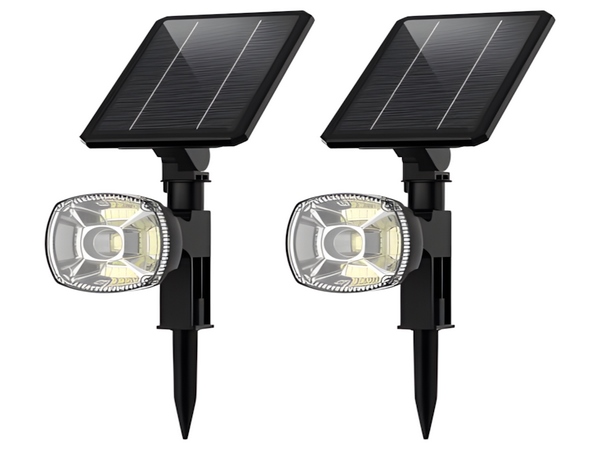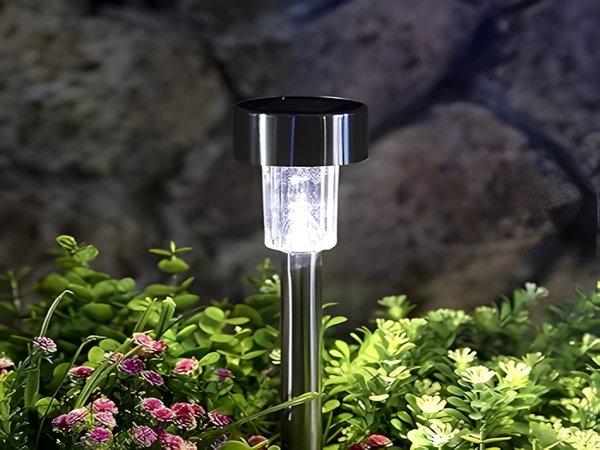
Conscientious urban landscape lighting projects can provide fresh experiences for citizens and visitors, as if entering a dream city. Conversely, landscape lighting that lacks integrity can lead to urban degradation. How should urban landscape designers approach the design of urban landscape lighting to avoid light pollution?
It is essential to adhere to the basic principles of aesthetics.
Landscape lighting design is an artistic endeavor aimed at instilling beauty that brings physical and mental pleasure to the audience. Due to the limited capacity of individuals to receive and absorb information, people will selectively process the information conveyed by the subject based on their existing experiences. Only when the information transmitted is within an individual’s capacity for understanding and conforms to their experience will they wish to perceive and accept it; otherwise, they will reject it. Some urban landscape lighting fails because they either have too many highlights, lack a prominent focal point, or present confusing patterns and colors.


The systematic approach to landscape lighting cannot be overlooked.
A system is a collection of interrelated and mutually constraining elements. Urban landscapes are systems of scenes where elements like streets, squares, buildings, green belts, water features, and sculptures influence and restrict one another. The task of landscape lighting is to utilize methods to explore and reveal aspects of these relationships that can inspire joy. Unfortunately, many landscape lighting implementations fail to achieve this. For example, a square might be arbitrarily divided into isolated sections without any coherence, leaving the audience confused about their surroundings. The feedback is often limited to: it used to be dark, but now it is bright; it previously lacked lights, and now it not only has lights but also colored lights. This might be seen as a hilariously inadequate evaluation of urban landscape lighting.
The phenomenon of confusion between means and ends must be avoided.
Lighting utilizes the properties of light to illuminate objects for recognition purposes; thus, lighting is the means, while the facilitation of object recognition is the goal. However, in some landscape lighting scenarios, one cannot see or recognize the objects clearly; what they see are just the lights and their various changes, reducing landscape lighting to light shows and festivals.
Urban landscape lighting should integrate local cultural characteristics to create a breakthrough point, establishing a unique lighting pattern for the city’s landscape.



